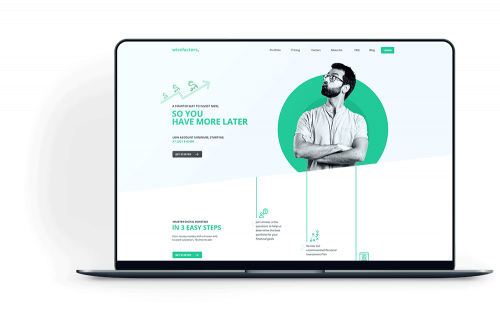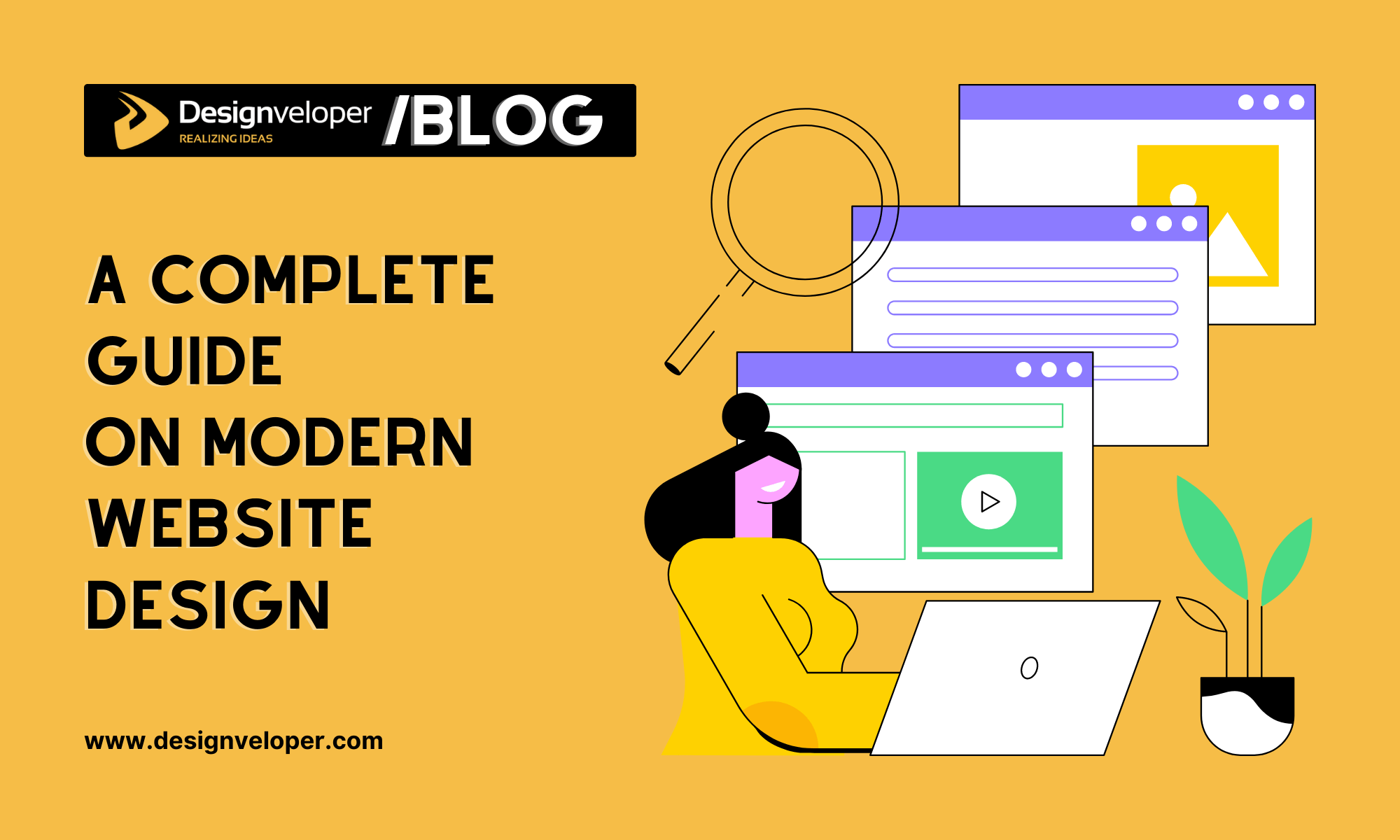Why Professional Website Design is a Key Factor in Your Marketing Strategy
Crucial Tips for Crafting High-Impact Site Layouts
In the realm of electronic advertising, the style of a website serves as a vital touchpoint for involving prospective clients. To develop high-impact website layouts, one must take into consideration crucial elements such as target market understanding, individual experience, and visual pecking order. Each of these components plays a crucial role in not just bring in visitors yet additionally in facilitating meaningful communications. The interplay in between these variables can be complicated and nuanced, increasing the inquiry of how to properly balance them to attain optimal results. Checking out these strategies can lead to transformative results for your online presence.
Understand Your Target Market

To effectively recognize your audience, start by performing group analyses to collect information on age, sex, place, and rate of interests - website design. This information offers as a structure for creating user characters, which represent the key attributes of your target audience. These personalities overview decision-making in layout components and material method, making sure alignment with user expectations
In addition, assessing individual actions via devices like Google Analytics can reveal how site visitors connect with your site. Metrics such as bounce rates and time on page can highlight locations that require enhancement or adjustment. User surveys and comments also give indispensable understandings right into choices and pain points.
Eventually, a deep understanding of your audience is not just useful however essential. It empowers developers to create even more relevant, attractive, and useful websites that cultivate a favorable individual experience and drive wanted end results.
Prioritize Individual Experience
When creating a site, prioritizing user experience (UX) is paramount to attaining both customer satisfaction and company purposes. A well-crafted UX makes certain that visitors can browse the site easily, find the info they need, and engage with material properly. To complete this, it is crucial to take on a user-centered style strategy that involves understanding individual requires, choices, and habits.
Start by carrying out extensive research study, consisting of individual surveys and use screening, to collect insights into exactly how users communicate with your site. This information should educate style choices, making certain that layouts and functions line up with user expectations. Structured navigating is necessary; site visitors ought to be able to find information quickly without unnecessary clicks or confusion.
Furthermore, take into consideration the filling speed of your internet site. A slow-loading website can result in high bounce prices, negatively affecting customer experience. Enhance scripts and photos to improve performance.
Lastly, make sure that your web site comes to all customers, consisting of those with disabilities. Adhering to ease of access requirements not only widens your target market yet also promotes inclusivity. By focusing on UX, you lay the structure for an effective internet site that satisfies both user requires and business objectives.
Embrace Visual Pecking Order
A well-structured aesthetic hierarchy plays a significant duty in enhancing user experience by directing visitors' interest to the most crucial elements of a website (website design). By strategically preparing web content, developers can produce a clear course for users to adhere to, guaranteeing they engage with crucial info efficiently
To apply aesthetic hierarchy, start by making use of check out here size and scale. Larger aspects normally attract the eye, making them perfect for headlines or contacts us to action. Complement this with contrasting colors that highlight key areas, as vibrant hues can produce focal factors that capture interest.
In addition, the placement of elements on the web page is critical. Leading the visitor's stare via the layout can be achieved by placing important details at the leading or in the facility, where customers normally begin their aesthetic journey. Including whitespace around aspects can additionally improve quality, making it easier for individuals to process details without feeling overwhelmed.
Finally, employing typography properly adds to visual pecking order. Various typeface styles, weights, and sizes can signify value, assisting customers with the web content flawlessly. By embracing these principles, designers can develop an instinctive experience that promotes involvement and encourages users to explore even more.
Optimize for Mobile
Mobile optimization that site is necessary in today's digital landscape, as a significant part of internet website traffic originates from smart phones. To make certain a smooth user experience, websites have to be created with mobile users in mind. This involves using receptive internet style methods that adjust the design, photos, and text to fit numerous screen sizes while maintaining capability and looks.

Touch targets, such as switches and web links, have to be suitably sized, ensuring they are easily tappable without errors. Furthermore, guarantee that types are mobile-friendly by decreasing input areas and using dropdowns where applicable, simplifying the customer experience.
Last but not least, test your website throughout various mobile phones and internet browsers to identify any kind of concerns that may impact use. By prioritizing mobile optimization, you not just enhance individual fulfillment but likewise positively impact your website's online search engine position, thus bring in more visitors and improving general involvement.
Implement Strong Branding
Developing a natural and identifiable brand name is essential to establishing a solid on the internet existence. A distinct brand name not just distinguishes you from rivals but likewise promotes trust fund and loyalty among your target market. To apply strong branding, start by developing a clear brand identity that encapsulates your goal, values, and vision. This identity needs to be shown constantly Get More Information throughout all electronic touchpoints, including your website, social networks, and e-mail communications.
Aesthetic elements such as logo designs, color plans, and typography play a vital function in branding. Select a color palette that resonates with your target market and shows your brand personality. Make sure that your logo design is flexible and prominently presented on your website, enhancing brand name recognition.
Content is just as essential; your intonation ought to align with your brand identification, whether it's expert, pleasant, or reliable. Engaging narration can further enhance your brand, developing an emotional link with customers.
Verdict
To conclude, crafting high-impact site layouts demands a diverse approach that incorporates recognizing the audience, focusing on user experience, and accepting visual power structure. Optimization for smart phones remains essential, alongside the execution of strong branding techniques. By integrating these aspects, web sites can properly involve users, facilitate seamless navigation, and foster psychological connections that improve brand name identity. Eventually, adherence to these principles contributes to the creation of effective and compelling digital experiences that resonate with target audiences.
To produce high-impact website layouts, one should think about essential aspects such as target market understanding, customer experience, and aesthetic pecking order.When developing a web site, prioritizing customer experience (UX) is extremely important to attaining both individual fulfillment and business objectives.Beginning by performing comprehensive research, including customer surveys and usability testing, to collect understandings into just how customers interact with your website. To make sure a seamless customer experience, web sites must be designed with mobile individuals in mind.In final thought, crafting high-impact site styles requires a complex strategy that includes recognizing the target market, focusing on individual experience, and welcoming visual hierarchy.